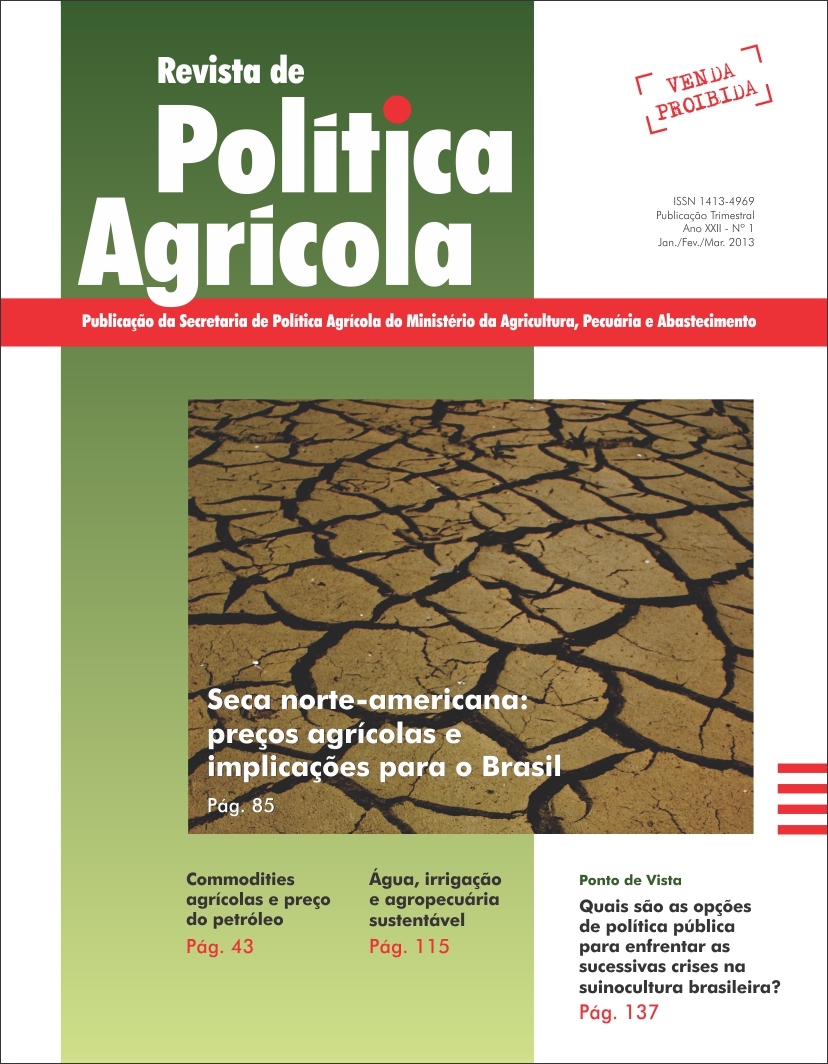Changes in food consumption pattern in Brazil and around the world
Keywords:
co-integrated, hunger, globalization, income, urbanizationAbstract
Changes in patterns of food consumption have occurred in various stages, since the beginning of humanity. Both hunger and obesity may occur in many ways, in terms of lack of nutrients, vitamins, and proteins necessary for the functioning of human body. This subject-matter is of great importance for the world at large because it involves several issues important to human survival. Among the factors that change consumption patterns, urbanization, globalization and income were identified. Results indicate that higher income will not necessarily contribute to healthy food consumption and that although globalization and urbanization may distribute a wide variety of food items to society, healthier living is not guaranteed. Industrialization, then, does not guarantee a proper diet. Among the three most consumed foods in the world, cereals are the number one, followed by vegetables and milk. In Brazil, the possibly most consumed foods are cereals, milk and fruits. Furthermore, a visual analysis shows that foods consumed in Brazil are more varied than those in the rest of the world, which may have influenced the conclusion that Brazil and the rest of the world are not statistically co-integrated regarding consumption habits.Downloads
Published
2013-05-22
How to Cite
Moratoya, E. E., Carvalhaes, G. C., Wander, A. E., & Almeida, L. M. de M. C. (2013). Changes in food consumption pattern in Brazil and around the world. Revista De Política Agrícola, 22(1), 72–84. Retrieved from https://rpa.sede.embrapa.br/RPA/article/view/283
Issue
Section
Artigos Científicos


